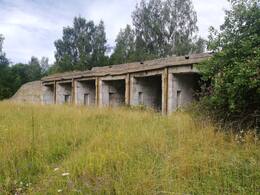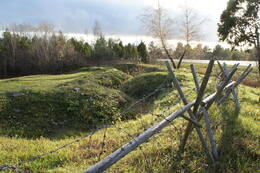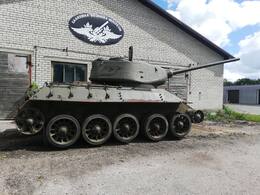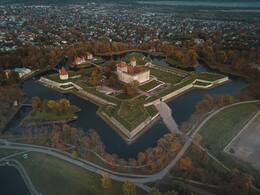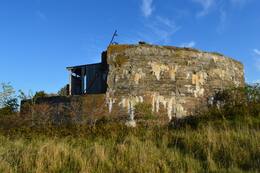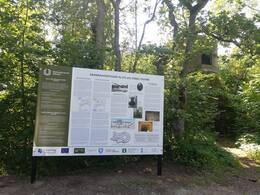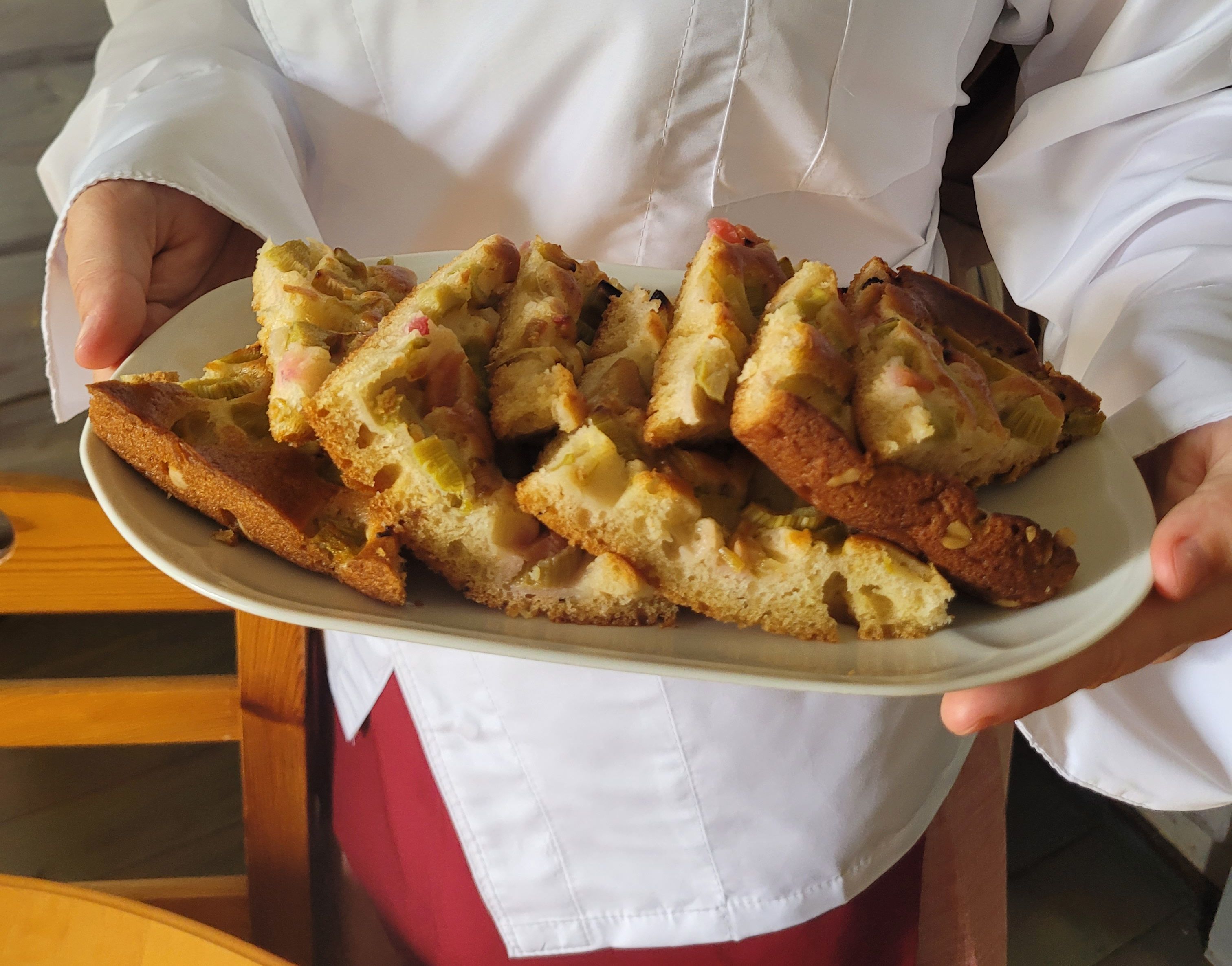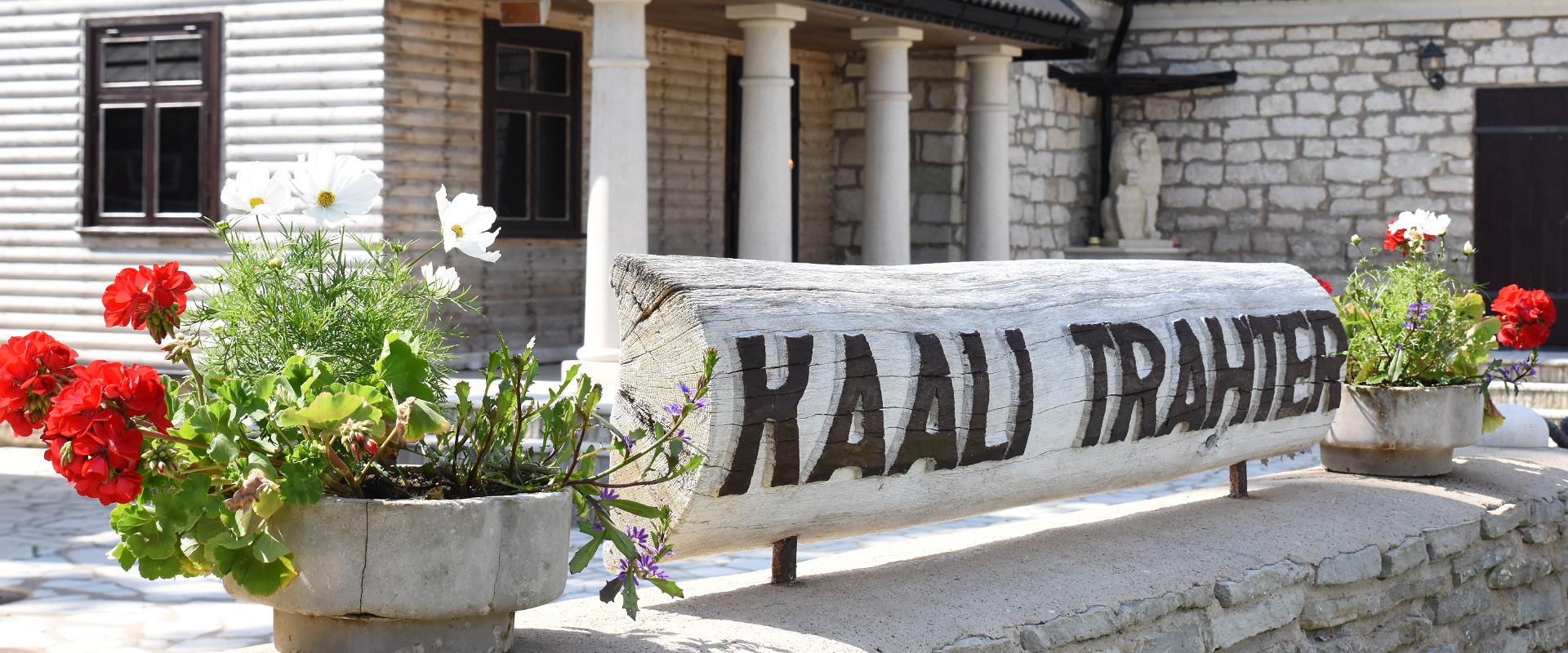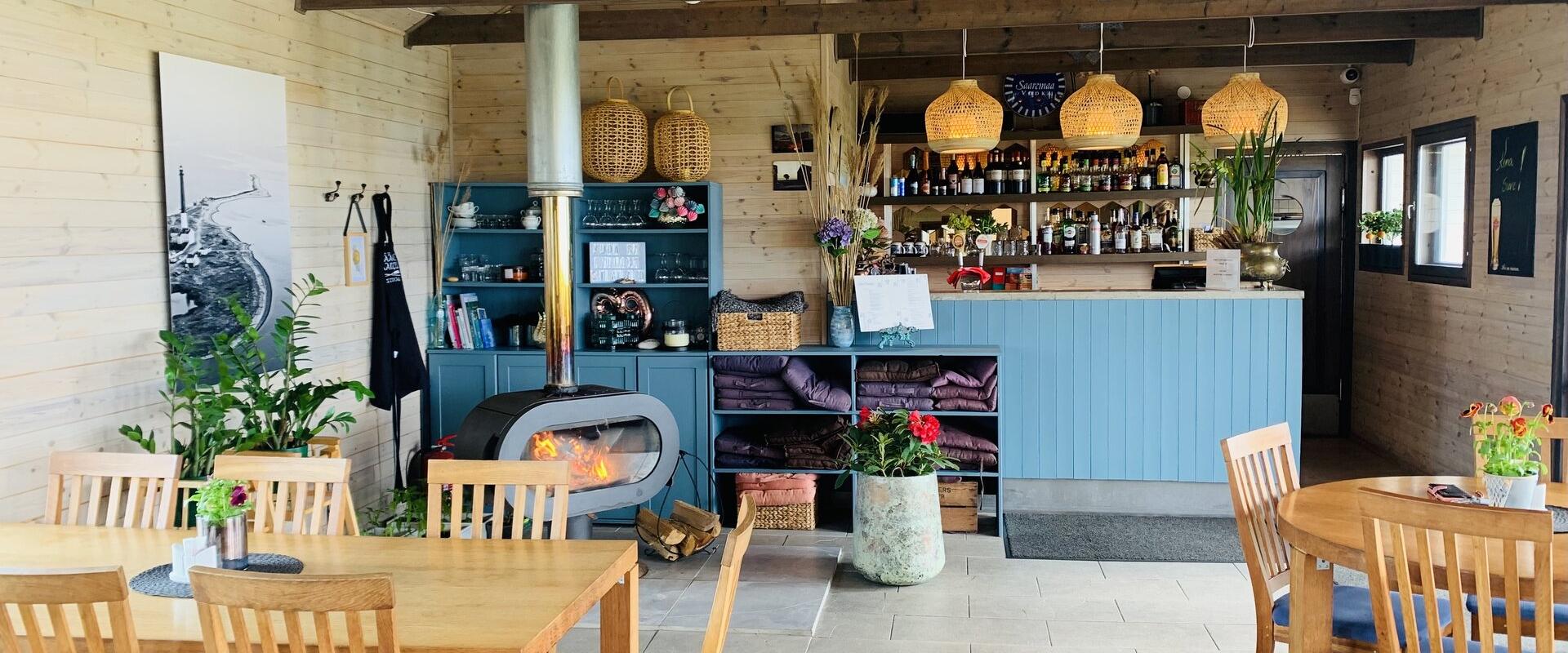Saaremaa and Hiiumaa – Outpost of the Estonian Sea Border
Day 1.
300 km
Tallinn–Muhu Island–Kuressaare–Sõrve
Ferry Virtsu – Kuivastu
Practical info
- Driving distance: ~280 – 300 km
- Due to distances and time, 3–4 of the listed sights can be visited on this day.
- For the ferry from Virtsu harbour to Saaremaa it is recommended to book the tickets in advance. Bookings and timetables www.praamid.ee.
- Opening hours and ticket information for Military Equipment Museum in Orissaare sojavaramuuseum.ee.
- Opening hours and ticket information for Saaremaa Museum in Kuressaare www.saaremaamuuseum.ee. Guided tours for max 25 persons should be pre–booked.
- Opening hours and ticket information for Sõrve Military Museum www.visitestonia.com. Guided tours for max 25 persons should be pre–booked.
Sights
Piiri Missile Base
This former missile base is situated on state forest land in Piiri on the island of Muhu.
It was completed in 1963. To neighbouring village Liiva the missile base for S-125 system was established at the end of 1960s.
The air defence missile division was designed to defend the western border of the Soviet Union. The division comprised around 16 officers and 60 conscripts. The base had an electric generator, a bunker, a command centre and hangars for S-75 missiles. There was also a separate hangar, presumably for a 3 nuclear warhead missile (probably an OTR-21 Tochka) missiles.
The missile hangars, the garages, the bunkers and the ruins of the command centre and a pillbox with firing holes are what remain of the base today.
WWI Defense Ditches at Väike Väin Strait
The clearly visible segment of World War I trenches by the Väike Strait is situated next to the Kuivastu-Kuressaare road near the popular tourist attraction of Eemu Windmill on the island of Muhu.
These trenches make up a small part of a larger area of defensive fortifications and facilities covering many kilometres. They were dug from 1915-1917 as a defensive measure against the advancing German army and were used during both world wars.
The renovated site is a great example of the military history of Muhu. This zigzagging trench is clearly visible. It is easily accessed by visitors, as it is situated right by a main road with a car park next to it. Historic wire fencing only adds to the scenery.
This example of military history complements the historic Eemu windmill, an industrial heritage site nearby, which survived World War I but was destroyed in World War II, before being restored in 1980.
Military Equipment Museum of Saaremaa
The Military Equipment Museum on Saaremaa was established in 2007. Its collection comprises the private items (approximately 12,000 of them) of its founding members.
The museum organises themed hikes and re-enactments of historical battles showcasing the military history of the 20th century. Covering 650 m2, the museum comprises five exhibition halls open to visitors, including an outdoor exhibition (of larger military equipment). The centrepiece of the War of Independence Hall is the machine gun wagon of the 3rd Armoured Train. The exhibition displays original uniforms, weapons and other personal equipment from the War of Independence (1918-1920). The Hall of Historical Uniforms displays the original uniforms of the Estonian Defence Forces and Defence League from the interwar era (1925-1940) and original uniforms from World War II, along with other equipment. The Hall of Weapons displays European firearms and sidearms from 1450-1970. The Hall of World War II Personal Equipment and Kitchenware provides an overview of soldiers' everyday items. The Hall of Technical Equipment displays communication devices, cannons, mortars, bicycles, motorcycles and cars.
Saaremaa Museum
Kuressaare Castle is situated on the southern edge of the Kuressaare town, by the sea.
The anniversary of Saaremaa Museum, which is housed in the fortress, is celebrated on 17 February: the date in 1865 when the Society for Research of Saaremaa (Verain zur Kunde Oesels) was founded. The museum relocated to the castle in 1897. Its exhibition showcases the nature and history of Saaremaa. The largest and most noteworthy exhibit at the museum is the castle itself, which a fine example of the development of military fortifications between the 14th and the 19th centuries. Kuressaare Castle is one of the most authentic fortifications anywhere in Northern Europe.
Monument to the Night Battle of Tehumardi
At 8 o'clock on the evening of 8 October 1944 during World War II, the Red Army clashed with retreating German troops in the village of Tehumardi in Sõrve. The battle took place at the 18 km mark on the Kuressaare-Sääre road.
A monument was unveiled nearby in 1966, when a Red Army cemetery was also opened in memory of the confrontation. The 21-metre monument depicts a concrete sword, its cross-guard adorned with the faces of soldiers. The cross-guard bears an inscription reading: "1941-1945. To the Soviet soldiers and defenders and liberators of Saaremaa" in Estonian and Russian. The cemetery in Tehumardi features 90 dolomite tablets engraved with the names of the Red Army soldiers who fell.
A couple of hundred metres from the cemetery along the road towards Sõrve, a large granite monument appears on the right-hand side of the road. It was unveiled on 15 July 2012 and placed at the approximate site of the battle. The monument bears a tablet reading: "Here, on 8 October 1944, the Night Battle of Tehumardi broke out."
The cemetery in Tehumardi has been removed in 2024, but the memorial pillar remains, albeit with some of the text partially obscured.
Coastal Battery No 43 at Sõrve Säär
This coastal defence battery is situated on the shores of the Gulf of Riga in the village of Sääre on Saaremaa.
Sääre was the site of the 43rd coastal battery of the Moonsund forward position of Peter the Great's Naval Fortress, also known as Zerel. It comprised four 305-mm guns. Construction began in 1914, during World War I, on a limited budget. The artillery pieces were mounted in the open on barbettes, with a narrow firing range over Irbe Strait. These were accompanied by ammunition dumps, diesel generators and a command centre built from logs and surrounded by sand. The wooden fire control tower was around a kilometre away at Sääre Manor. A 5 km long narrow gauge railway was laid connecting the battery with the port in Mõntu.
The concrete artillery barbettes with their rounded bolts, defensive walls of two of the artillery positions and the mound of sand on which the command centre once stood are all that remain today.
Stebel Coastal Battery No 315, Command Post
This Coastal Defence Battery Command centre is situated in a now deserted part of the village of Sääre.
The coastal defence battery was named after its commander, Captain Aleksandr Stebel. Construction began in May 1940 and the battery was completed shortly before the outbreak of World War II. The battery deterred German marines in Lõu Bay and provided covering fire for the Red Army’s Lõpe-Kaimri defensive line. The artillery was destroyed during the Red Army retreat in October 1941, after which the lower levels of the barbettes were flooded. The complex comprised two artillery barbettes mounting two 180-mm guns, a command centre, a fire control tower in the shape of a windmill, a generator and a heating plant.
Unfortunately, these intriguingly engineered battery positions are situated on private property and are difficult to locate. As such, anyone interested will have to make do with viewing the command centre from the outside, as its lower level is submerged. The centre was drained in 2010, but had filled up with water again just a few months later.
Places to eat
Cafe “Lümanda Söögimaja” in Lümanda village
Kaali Tavern in Kaali village (only summer season)
The area around Kaali is a place of special atmosphere, which you should not just pass through. It is an ideal place for walking, thinking and resting.
Kaali Tavern is located 150 m from the Kaali Meteor Crater. During summer, you can enjoy a meal here daily. We offer authentic flavour experiences and beverages from Saaremaa. All year round we are available for booking. We have classy party rooms with catering where you can have a memorable event.
In our yard you can buy a piece of Saaremaa. Items made of aromatic juniper and the most beautiful Saaremaa dolomite are sold on romantic old carriages.
Restaurant “Sääre Paargu” in Sääre village (only summer season)
Sääre Paargu is a seaside restaurant located at the southernmost point of Saaremaa, at the tip of Sõrve Peninsula.
Paargu is the summer kitchen of the island people, where mouth-watering fish dishes are always prepared. That is why fish is at the top of our menu and, thanks to hardworking fishermen, it comes to us fresh every day. Of course, you will also find other delicious summer dishes in our selection. Our dishes are simple yet delicious, without being overly elaborate.
In case of windy weather, you can find shelter in the restaurant's 40-seat hall, which offers a wonderful view of the sea. We have an outdoor terrace where you can enjoy the summer heat.
Welcome!
In Kuressaare www.visitsaaremaa.ee
Places to stay
Sõrve peninsula or West coast in Saaremaa www.visitsaaremaa.ee




